Project PYRE
Main Component and Role in the Application
The core feature I developed was the revamped Statistics Page, a dual-module system combining historical wildfire data and real-time weather analytics. These components work together to offer users a clear understanding of why, where, and how fires are occurring, along with current situational awareness.
Wildfire Statistics API
This module scrapes and parses official government datasets to display:
- Human-caused fire incidents
- Total acreage burned
- Year-over-year comparisons and trend visualizations
This empowers users to analyze human impact on wildfires, helping drive both awareness and potential policy actions.
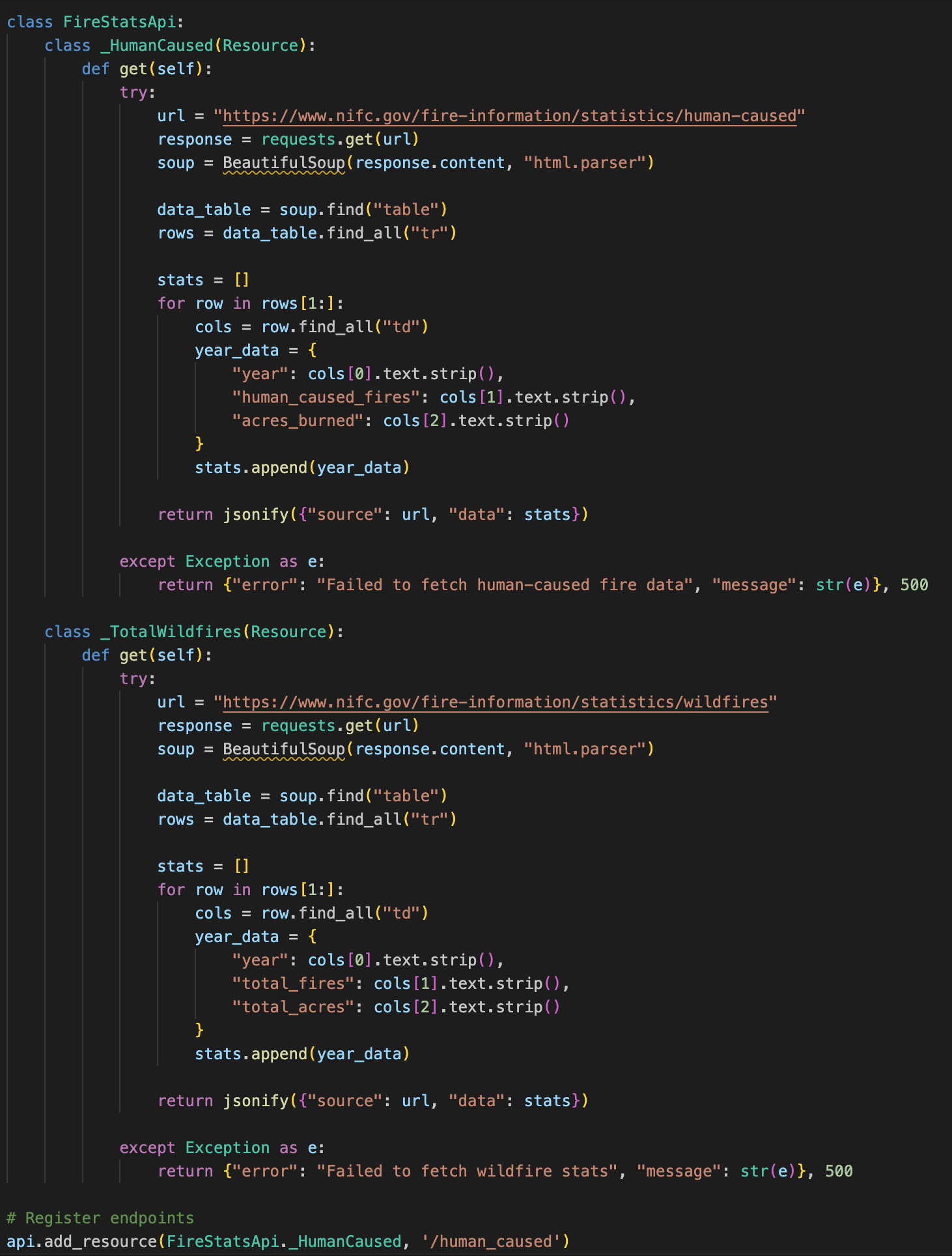
Weather Situational Report
Integrated with the OpenWeather API, this tool provides:
- Current weather conditions by location
- Fire-prone indicators like wind speed, humidity, and temperature
- location-aware dashboard to assess fire risk in real time
This component ensures users can quickly access localized risk assessments to guide decisions and stay safe.
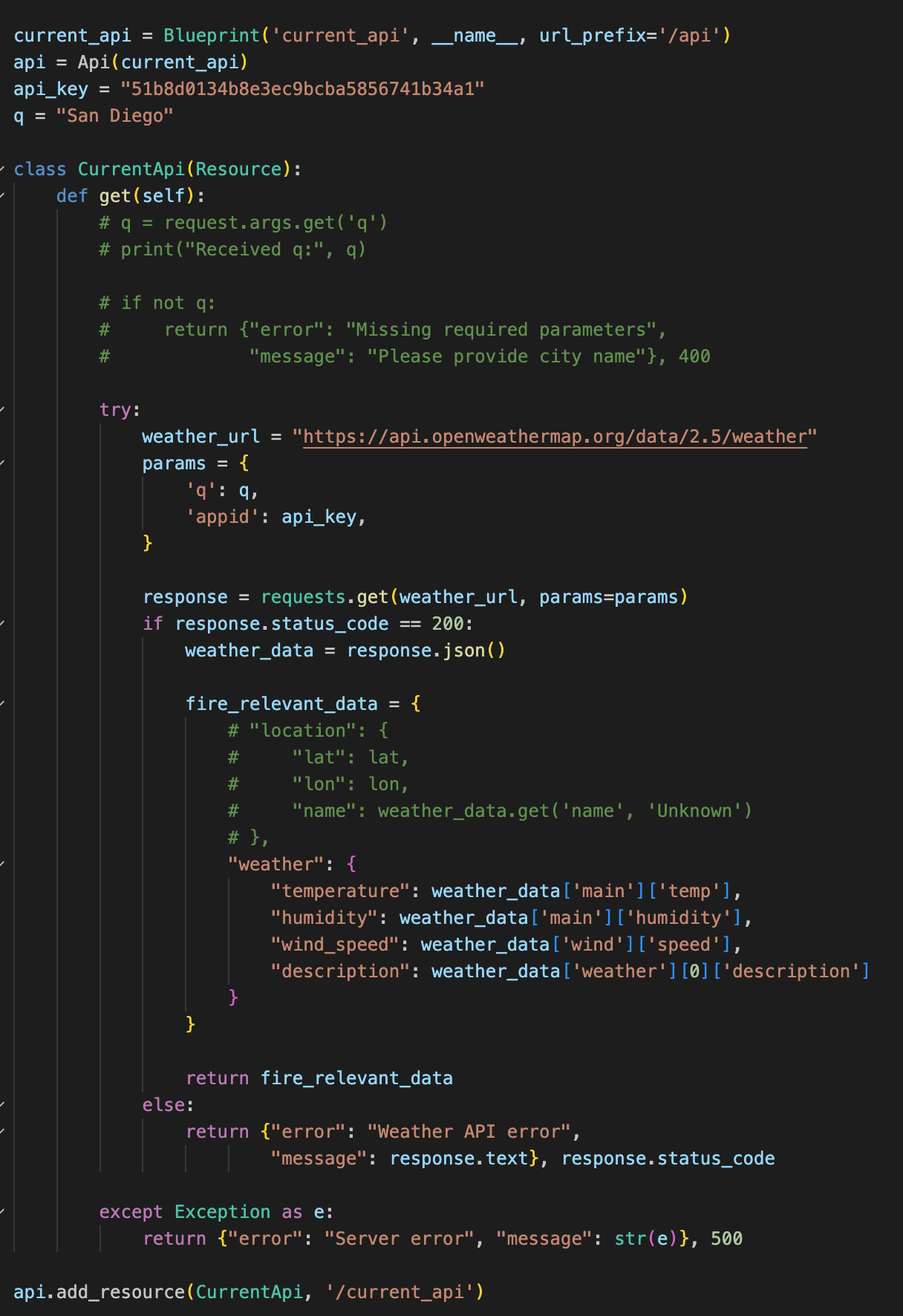
Unique Qualities
- Dual-source data integration: Combines official wildfire data with live weather feeds to create a multi-dimensional understanding of fire risk.
- User-centric dashboard: Prioritizes clarity and usability with clean data visuals and instant access to key stats.
- Focus on human accountability: Highlights human-driven wildfire causes, emphasizing the social responsibility aspect of fire prevention.
- Real-time situational reporting: Provides up-to-date environmental data to help users make informed safety decisions on the spot.
Unique Traits I Brought to the Project
- Efficiency: I streamlined data retrieval and parsing processes to reduce API latency and improve load times, ensuring fast, responsive user experiences.
- Problem-Solving: When facing API formatting inconsistencies and missing data fields, I implemented robust error handling and fallback logic to keep the dashboard reliable under any condition.
- Technical Agility: I integrated multiple APIs (government and weather) with minimal redundancy using clean, modular code structures for easy debugging and scaling.
Homework Success
Homework success in this course extended far beyond simply completing assignments—it was about extracting deeper understanding and applying that knowledge in meaningful ways. I treated each homework as both a practice opportunity and a teaching moment.
Beyond the Homework
What made this experience truly valuable was the quality of the lessons attached to the assignments. These lessons weren’t just average walkthroughs—they were clearly taught above the standard, covering not only core concepts but also edge cases, real-world applications, and strategic thinking. There were four standout lessons that I repeatedly returned to during review sessions.
As I worked through each assignment, I focused on understanding the why behind each concept. This helped me solidify my grasp on the material far better than rote memorization would have.
Learning Through Teaching
One of the most impactful parts of the experience was teaching the material to others. I often found myself explaining problems and walkthroughs to peers, which made me realize how much deeper my own understanding became. As the saying goes, “If you can’t explain it simply, you don’t understand it well enough.” Teaching forced me to think critically and anticipate where confusion could arise—this greatly helped me when I faced similar problems on the AP Exam.

Structured Review and Growth
In addition to completing homework, I followed a consistent review routine that involved:
- Going back through lessons after each assignment
- Reworking missed questions with fresh strategies
- Revisiting top lessons before the AP Exam
This structured approach, combining reviewing homework and revisiting high-yield lessons, allowed me to develop a strong mental map of the material and ultimately perform confidently on the AP Exam.
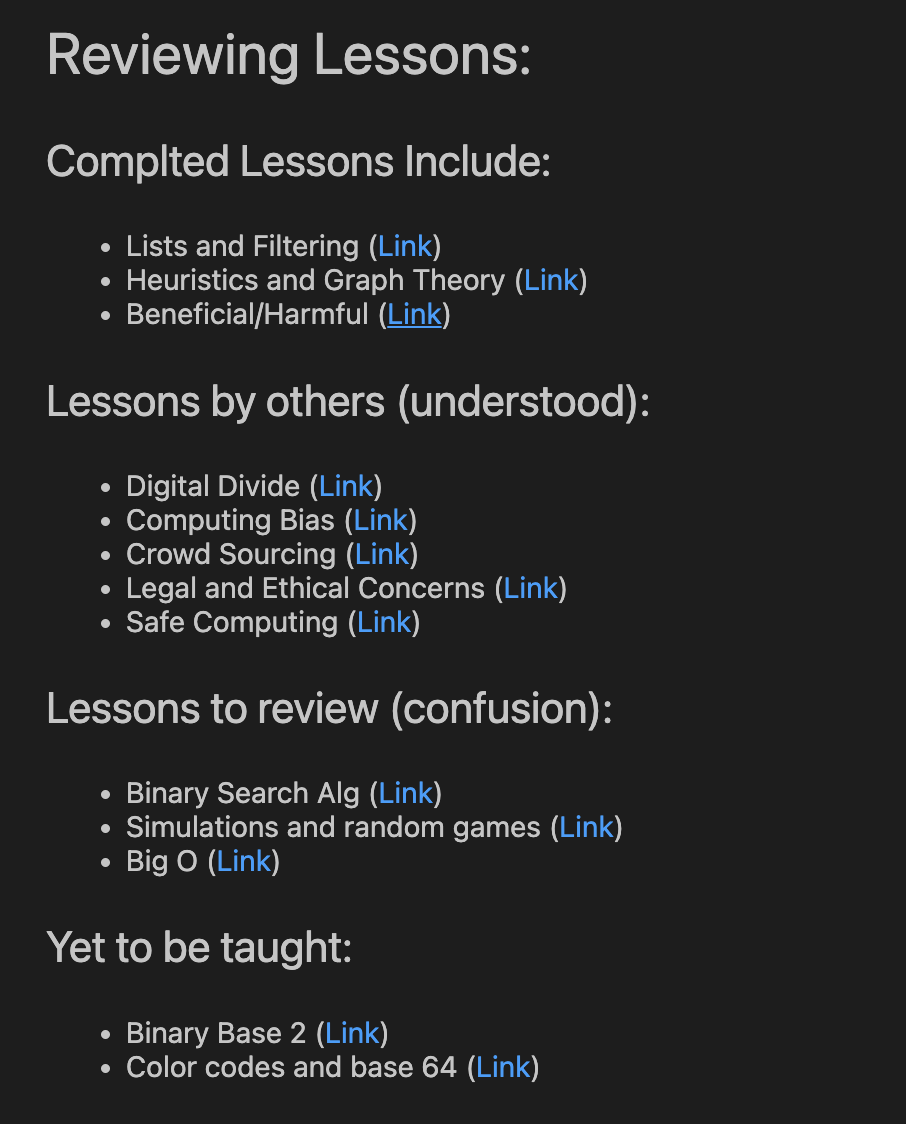
Summary of Impact
- Homework served as an active learning tool, not just a task
- Teaching reinforced my learning and helped me internalize complex topics
- Structured review strategies helped me perform well on the AP Exam
- Developed discipline and metacognition by analyzing what I didn’t know, and seeking clarity
Night at the Museum Presentation
Our presentation at Night at the Museum was a major success. We were able to showcase our project clearly, professionally, and impactfully, drawing attention from a wide range of attendees—including educators, students, and industry professionals.
Positive Audience Feedback
The success of our booth was reflected not only in real-time reactions but also through positive engagement on LinkedIn, where several viewers shared their appreciation and comments on the work we showcased.
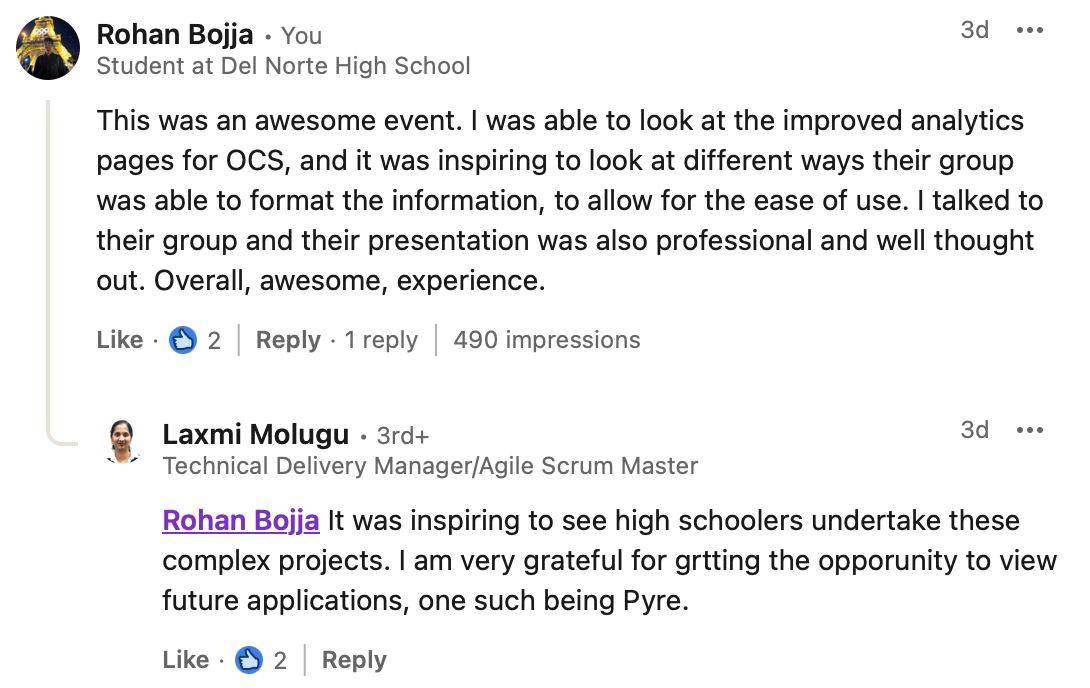
Effective Engagement and Materials
We came well-prepared with professional business cards, which included both a general team card and individual contact cards. Many attendees scanned them during and after our demo, showing genuine interest in our work and future collaboration opportunities.
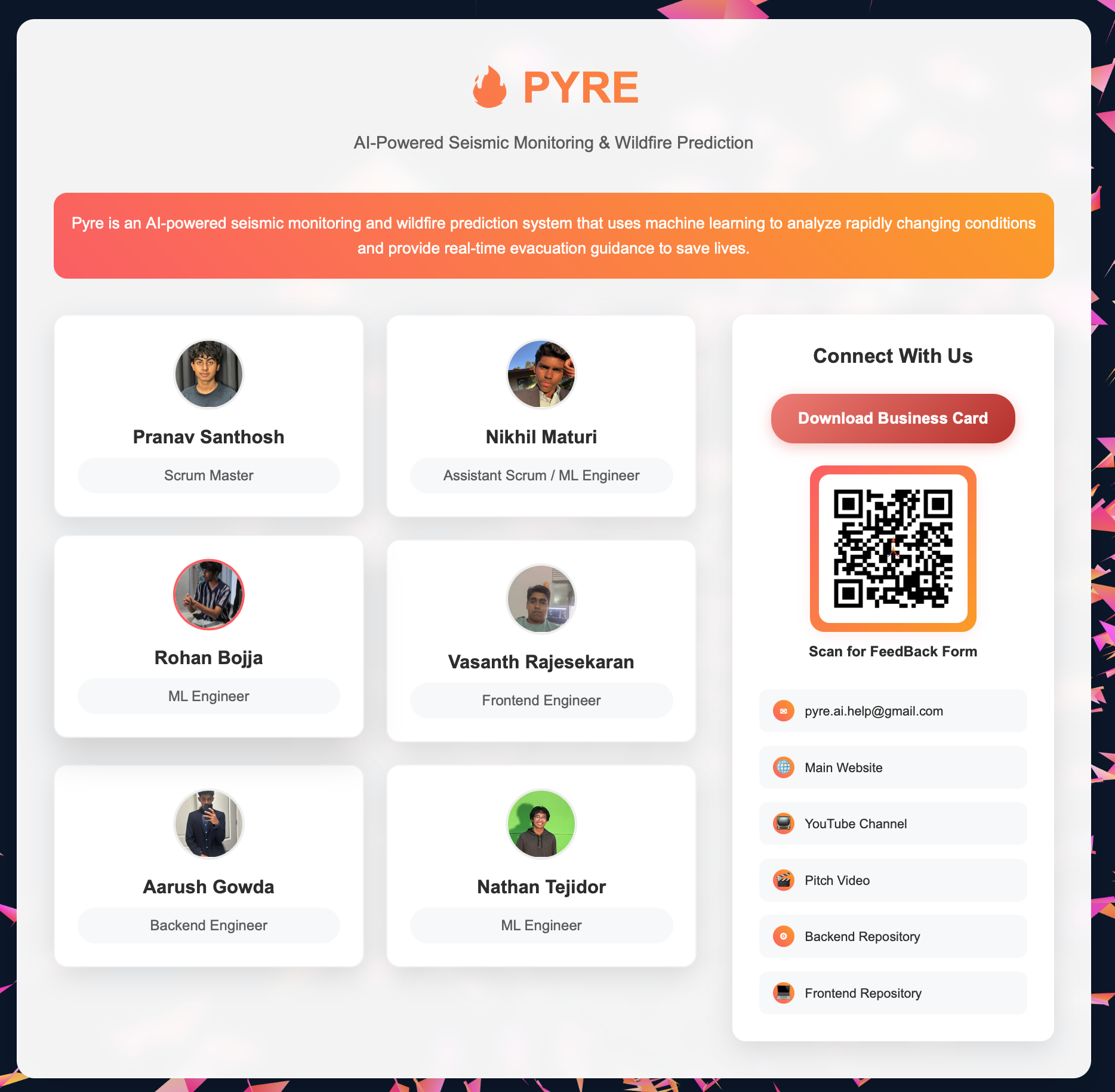
Organization and Presentation Skills
We made sure to:
- Keep our booth clean, uncluttered, and visually focused
- Follow the advice we were given on maintaining a clear, engaging speaking style
- Avoid distractions and side conversations to keep audience attention fully on the project
- Use clear explanations and visual aids to guide understanding
This attention to detail helped make our presentation more impactful and memorable.
Key Takeaways
- Strong communication and organization led to meaningful engagement
- Professional presence (via business cards and setup) helped us stand out
- Audience feedback (both in-person and online) confirmed the clarity and value of our project
- We walked away with new connections and deeper confidence in our ability to present technical work to diverse audiences